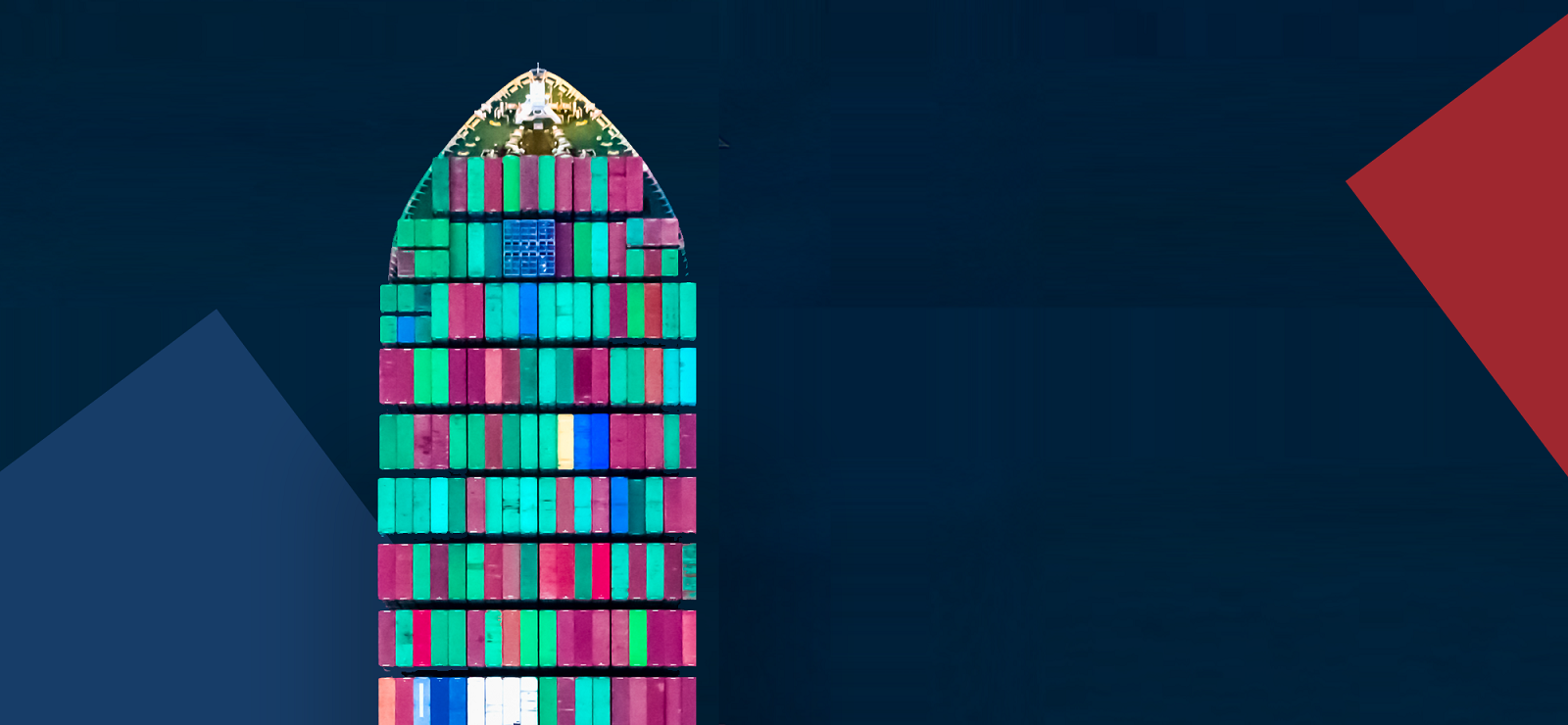Panama City, Panama, June 28, 2016 – Yesterday, the liquefied petroleum gas (LPG) tanker Lycaste Peace, owned by Japanese shipping company Nippon Yusen Kaisha (NYK Line), transited the newly inaugurated Expanded Panama Canal, marking the first commercial passage of an LPG vessel through the new locks.
Originating from Houston, Texas, Lycaste Peace is en route to the Port of Hitachi, Japan. The LPG tanker measures 230 meters in length and 37 meters in beam, and was the first of the over 170 reservations already received for transit through the Expanded Canal.
Monday’s transit also represents the first vessel to pass through the Expanded Canal following COSCO Shipping Panama’s inaugural commercial transit of the new locks during Sunday’s ceremony where tens of thousands of Panamanians, Canal workers, foreign dignitaries, maritime executives and other esteemed guests gathered to celebrate the historic moment.
In addition, the LPG tanker Passat, owned by Avance Gas, transited yesterday as the second LPG vessel through the new locks. The vessel measures 226 meters in length and 37 meters in beam.
About the Panama Canal Authority
The Panama Canal is run by an autonomous agency of the Government of Panama in charge of managing, operating and maintaining the Panama Canal. The operation of the Panama Canal Authority (ACP) is based on its organic law and the regulations approved by its Board of Directors. For more information, please refer to the ACP’s website: http://www.pancanal.com or follow us on Twitter @thepanamacanal.
About the Panama Canal Expansion Program
The Expansion Program is the largest enhancement project since the Canal’s opening in 1914. Considered and analyzed for a decade with more than 100 studies, the Expansion provides the world’s shippers, retailers, manufacturers and consumers with greater shipping options, better maritime service, enhanced logistics and supply-chain reliability. The Expansion included the construction of a new set of locks on the Atlantic and Pacific sides of the waterway and the excavation of more than 150 million cubic meters of material, creating a second lane of traffic and doubling the cargo capacity of the waterway. While the Expanded locks are 70 feet wider and 18 feet deeper than those in the original Canal, they use less water due to water-savings basins that recycle 60 percent of the water used per transit. In line with its commitment to customer service, the Panama Canal will continue to provide the world with value for another century and beyond.




